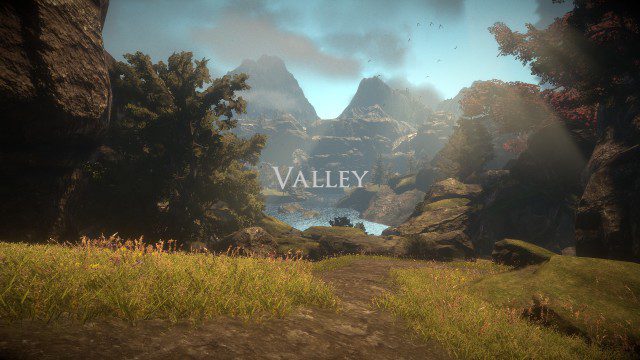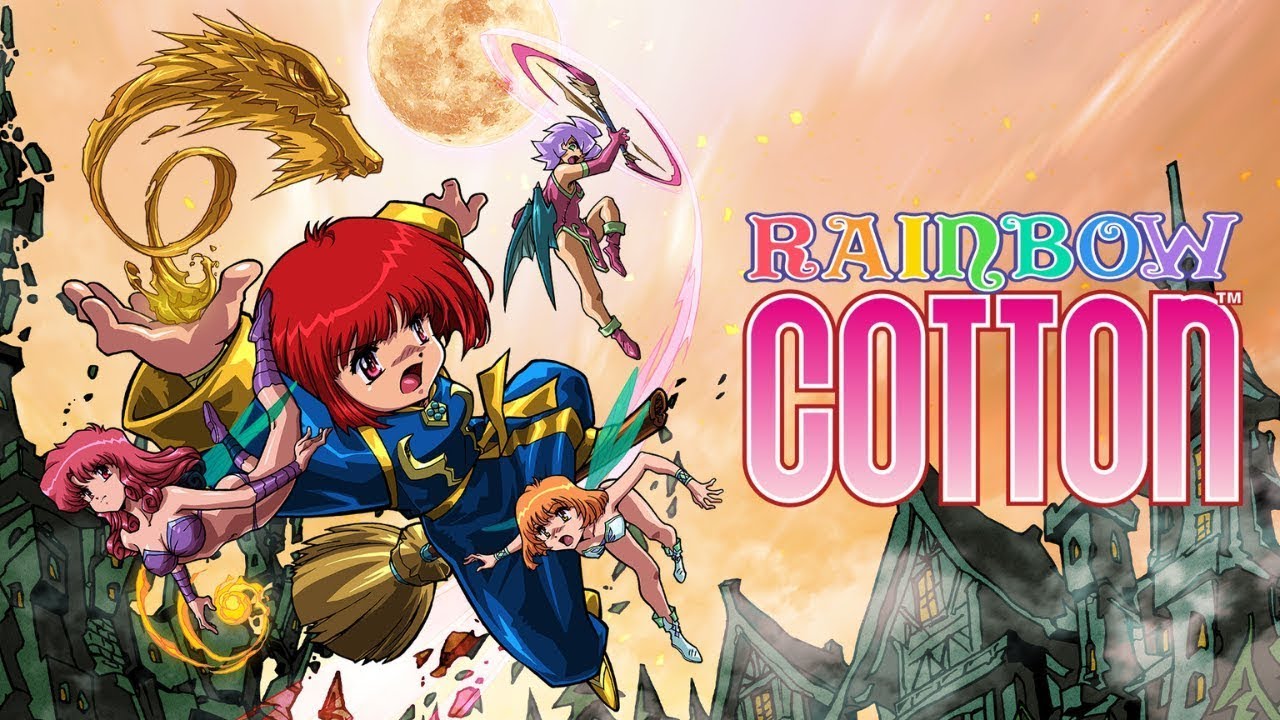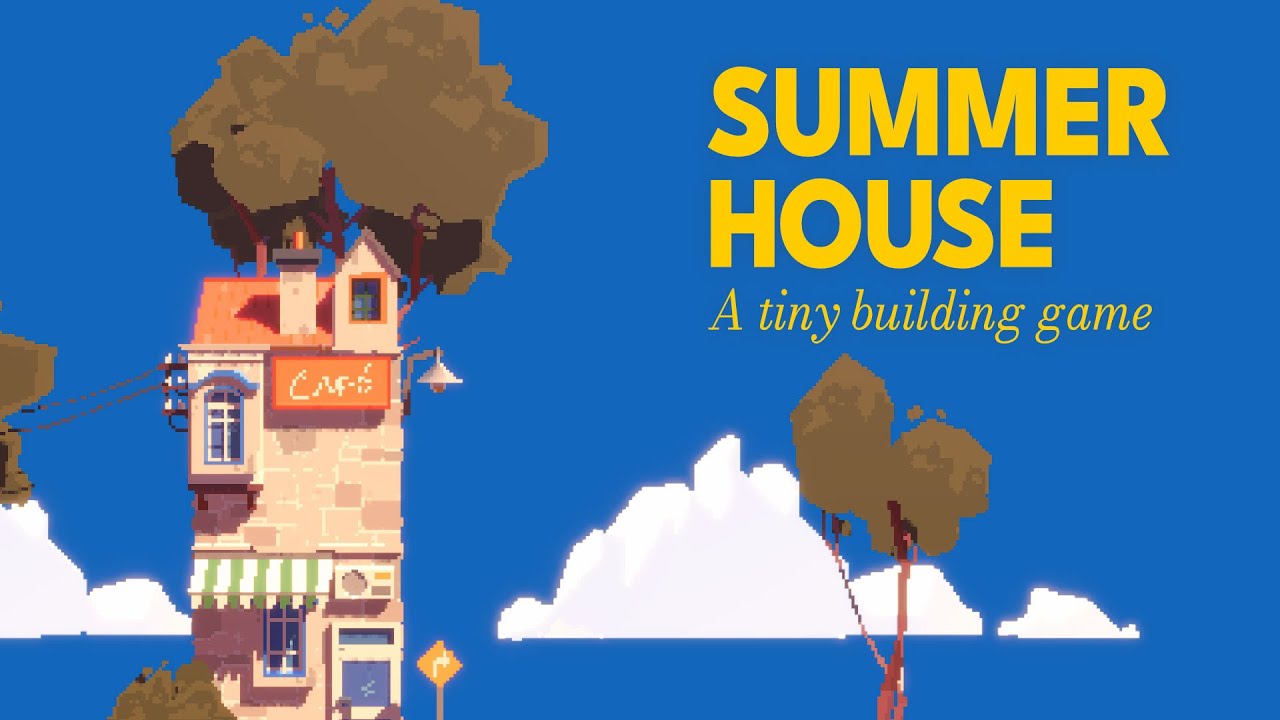Valley is an interesting game in that it’s nothing like what I expected it to be on first glance. In many respects this would be a negative, but this time around it was the best thing that could have happened. The game initially plays like a walking simulator, and if you’ve read anything from me in the past you know my feelings on those game (they are super boring). But just when you think you are playing another walking sim from Steam Greenlight, Valley turns into one of the most rewarding and unique gaming experiences of the year.
In Valley you take on the role of an archaeologist that is looking for a mysterious artifact known as the Lifeseed. This mystery object is said to have the power to destroy the world, but has long been written off as nothing more than a legend. As soon as you arrive in a remote part of Canada (the most mysterious of locations) on your journey to find the Lifeseed you quickly find that a WWII experiment was taking place around it. Valley quickly changes everything by pulling a Portal like move and giving you access to the L.E.A.F. suit, a special exo-suit that gives you some really amazing powers. These abilities provided by this L.E.A.F. suit takes Valley from just being a standard game and being something that builds on a new genre of gaming.

But it’s more than simply the mechanics that make Valley really great, it’s also the game’s world and how you have a direct impact on it; both positive and negative. The L.E.A.F. suit is powered by these blue orbs that are scattered about the world. Every time you use an ability of the suit it takes power, so you’ll need to collect these when available, but they won’t be everywhere. In situations like these you can extract life from the world around you to power the suit. When you do this it kills the life around the world in which you are in. But what really makes Valley unique is that you can return that life taken when you get more power. This lets you play the game however you want; either take advantage of the world around you for your own benefit, or borrow life with the intention of coming back and returning it like a good person. It’s a simple system that says more about you as a player than anything.
Valley is a lot of fun and while it pushes this new genre of game forward, it does so by also taking the best elements from the games that laid the groundwork before it. The L.E.A.F. suit plays much like the boots from the Portal series, the grappling hook works a lot like the one from A Story About My Uncle, the sledding element from Tribes, and the walking simulator from, well, all walking simulators are bad so I’ll move on, but you get the idea. The game really understands what works, takes those elements and then adds a new layer on top with the life/death aspect that makes it stand out on its own. This is how you create something that goes from simply being a good game and, at the very least, a game of the year contender for how it does things against the norm of what we’ve seen so far this year.

This is still an indie game and because of that Valley isn’t going to blow you away in the graphics department. That said there are some spectacular views that the game sets up and the team understands what works within the engine they use. There aren’t any overly complex things to render and as you really won’t be doing much fighting the game never chugs along, even on the highest settings on a standard machine. It helps that it’s essentially just you as enemies are minimal and while they do pop up, they never really pose a major threat outside one big battle. But I will say that the death eater looking things nearly turned the game into one of those horror games that are all the rage. Hell, it’s actually scarier than most horror games released on Steam at points.
While the speed aspect of Valley is a real treat, it isn’t everything that the game is all about. It’s about all the various parts coming together that set Valley above a lot of other games. There are more traditional elements that place it in the vain of a walking simulator, sure, but the story is fun enough that you won’t find doing a bit of exploring to be all that slow. There are lots of L.E.A.F. suit upgrades available to find and magic acorns that you can pick up that open up hidden areas scattered about the game. Valley is not a long game at 4 hours, but it’s paced well and a rewarding experience overall.

Valley does a lot of things right, but even then it isn’t perfect. When you have so many mechanics within a single game you run the risk of being a master of none. This isn’t exactly the case with Valley, but there are some issues. Running is beyond incredible, with a sense of speed not unlike Sonic, but this sense of speed often hits a brick wall when you get outside the predetermined sled area. It really breaks the flow of the game from time to time, and if it were the games only mechanic it would really hurt it overall. Where Valley really stutters is in the games main feature of taking and giving life. It’s fun, but it never really becomes something vital and comes off as undercooked. I never died enough to make the mechanic vital for the gameplay abd this really left me disappointed.
At the end of the day Valley is a pure blast from beginning to end and you can clearly tell that the team behind it treated it like a passion project. There is enough here that I hope the team can improve on it and come out with something a little longer, and a little deeper in terms of mechanics in the future. Still, Valley is a great bit of fun and comes highly recommended.
4/5
‘Great’
*A copy was provided for this review*




